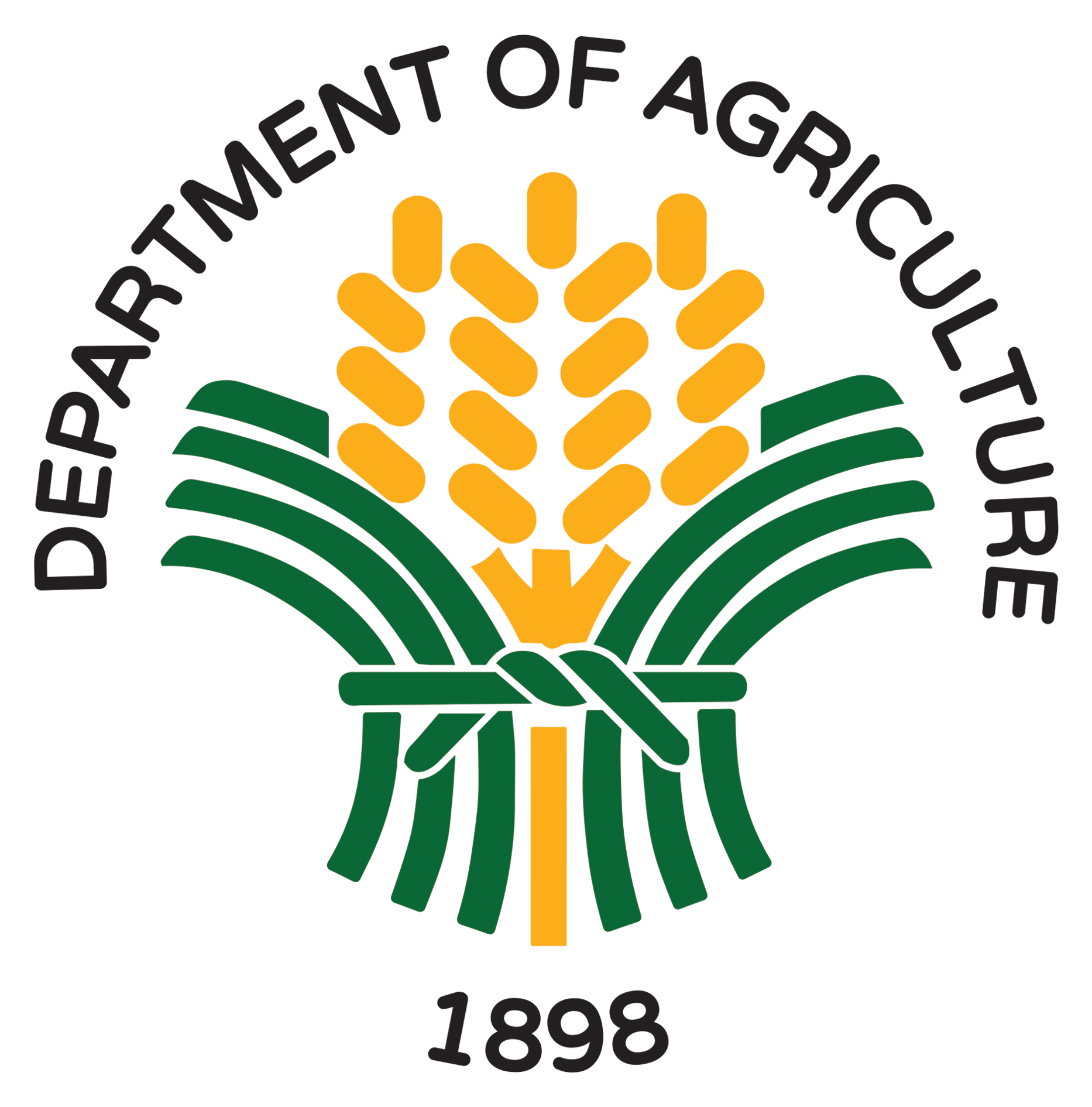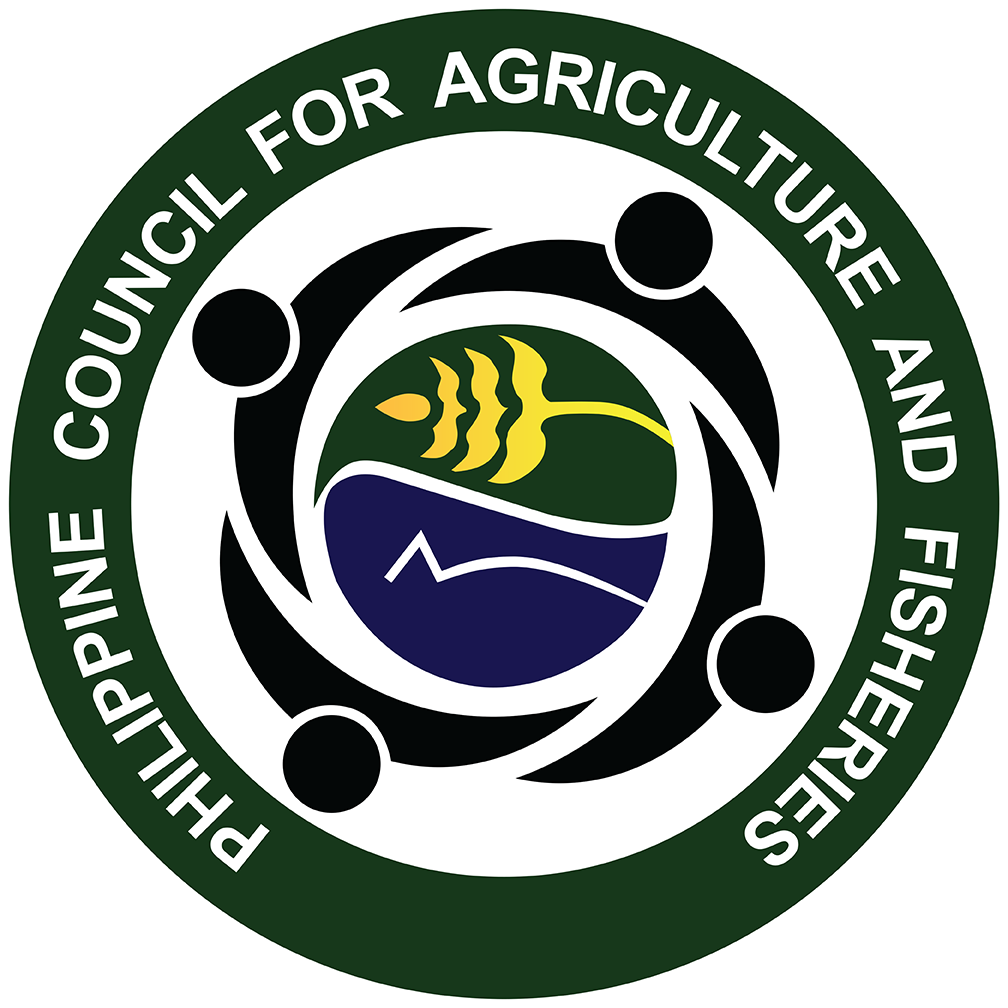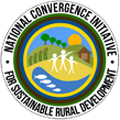
The Cordillera Administrative Region (CAR) is known for its abundant natural resources. Its vast mountains hold rich mineral deposits while its terraces are famous for housing a variety of rice and highland fruits and vegetables.
Tagged as the vegetable basket of the country, many forget that CAR is also home to several indigenous tribes with unique ethnicities. These communities and their traditions make the region a vibrant representation of Filipino culture.
In the Lakbay Panayam of the Philippine Council for Agriculture and Fisheries on October 10 to 14, 2022, the CAR Agricultural and Fishery Councils (AFCs) share how these distinct practices also manifest in their agriculture and fisheries sector.
Bringing back organic farming with a twist
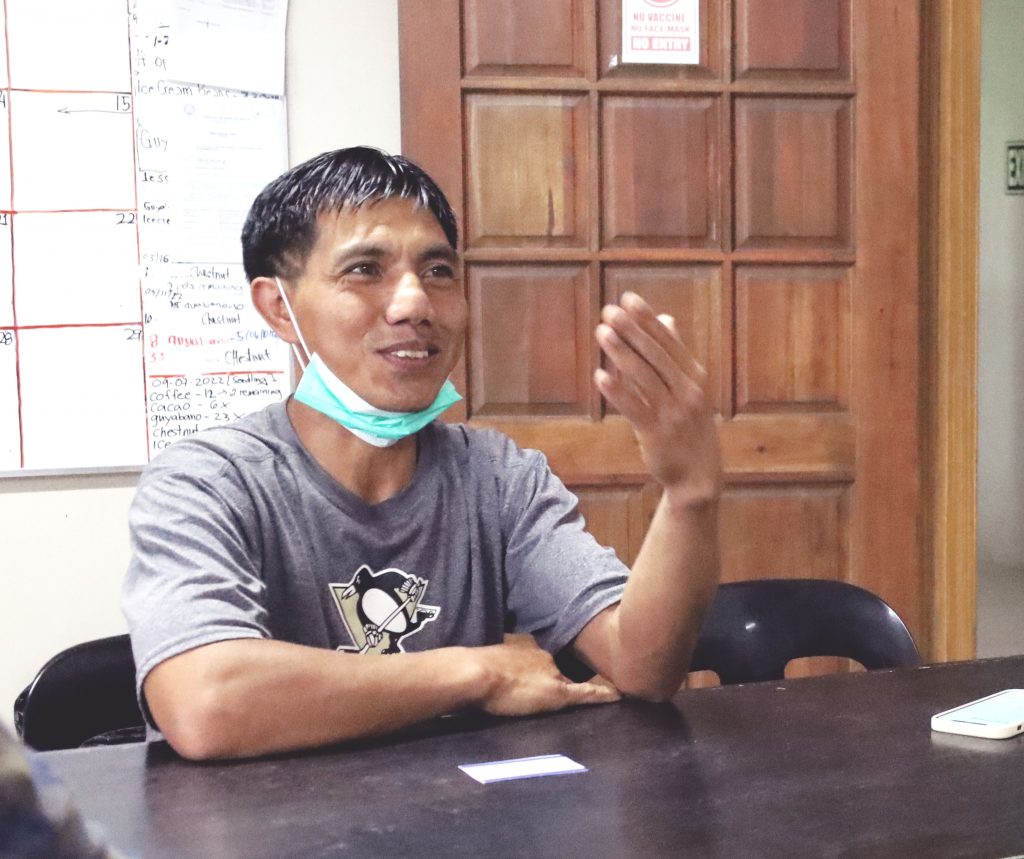
“Ang gusto talaga namin ay back-to-basics sa agriculture, organic farming lalo na ngayong mataas na ang abono,” said Bontoc Municipal AFC (MAFC) Chairperson Coulen Lic-paen.
Like all of the AFCs in Cordillera, Lic-paen strongly advocates organic agriculture for the sustainable development of the sector as well as ensuring food security in their households and communities.
“Dito sa Bontoc, halos lahat ng pamilya ay may tanim. Kaya nilang maging self-sufficient sa pagkain. Kaya hinihikayat talaga namin silang magcompost para iwas gastos sa kanilang pagtatanim,” he added.
In line with this, he aims to prove that organic farming is more sustainable and just as profitable as conventional farming since it can help increase farm productivity by avoiding depletion of soil health.
A 2016 study from the Journal of Environmental Science and Management in Quezon confirmed that the use of synthetic fertilizers damages the natural balance in the soil. Also, synthetic fertilizer application leads to higher farming expenses, thereby lowering benefits from crop production.
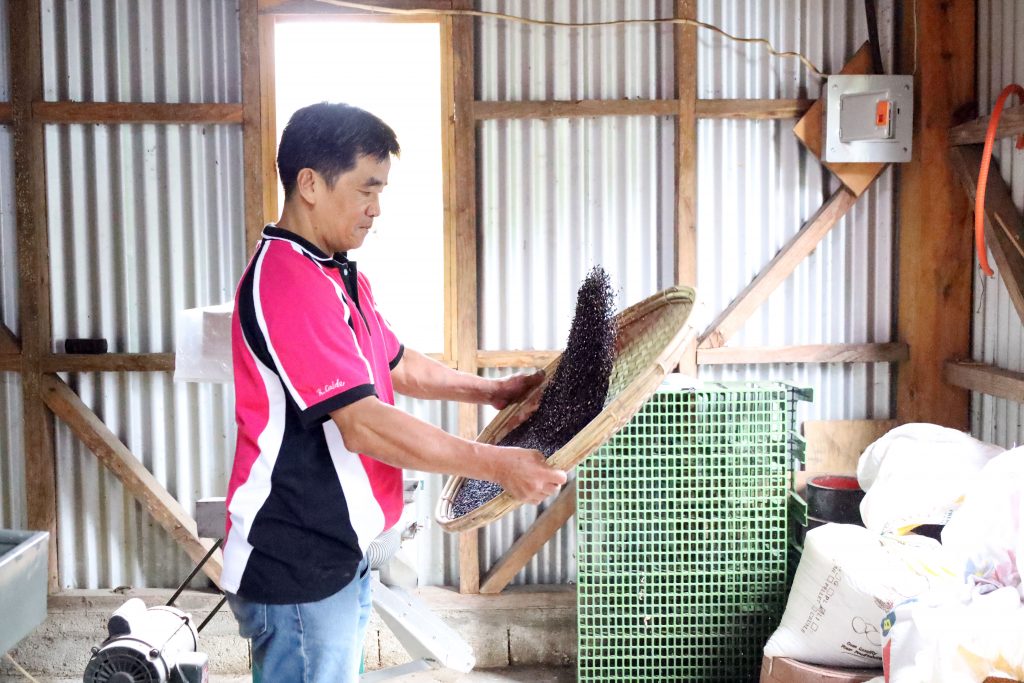
Meanwhile, Mountain Province Provincial AFC (PAFC) Chairperson Ramon Calde, Sr. shared that he practices fermentation of plant juices in making organic fertilizers for longer shelf life. He also offers training to farmers about this technique and organic agriculture in general.
Calde also revealed that organic farming allows him to use the fields, after harvesting heirloom rice, in cultivating fishes like Japanese Eel. This gives him a continuous livelihood since heirloom rice is only good for one cropping per year.
Given these safe farming methods, Calde’s farm was able to acquire the Good Agricultural Practices (GAP) Certification and the Agricultural Training Institute’s Accreditation of a Learning Site for Agriculture.
“Bukod sa organic farming, gusto din namin ituro yung paggamit ng organic feeds sa mga alagang manok at tilapia kasi mahal yung feeds sa market,” Calde continued.
Ob-ob-fo and Aluyan: The Bayanihan of Cordillera
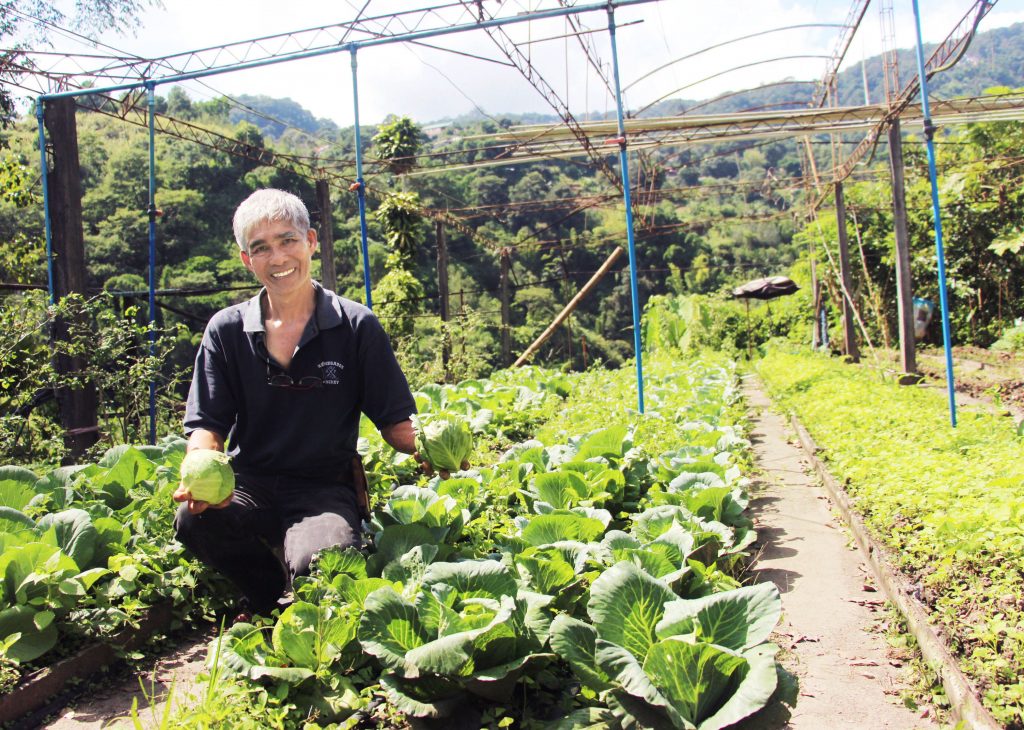
Bayanihan has always been part of Filipino Culture. It is an activity, in which the community participates to offer help or support in times of need.
In Cordillera, the AFCs are able to maintain this tradition and integrate it to their farming activities.
There are two terms that the AFCs used in describing the exchange of labor in their farms: “Ob-ob-fo or Ug-ug-bu” and “Aluyan”.
“Yung ug-ug-bu ay pagtutulungan ng mga farmers. Halimbawa, may limang farmers na nagkasundo na tulong-tulong sila sa pag-ani. Ngayong araw, dito tayo sa farm ko, sa susunod na araw ay sa kabilang farm naman. Ganoon din ang ginagawa sa pagtatanim kasi mahal na din ang labor cost,” Calde explained.
According to Calde and Lic-paen, ob-ob-fo/ug-ug-bu is being regularly practiced in the municipalities of Bauko and Bontoc.
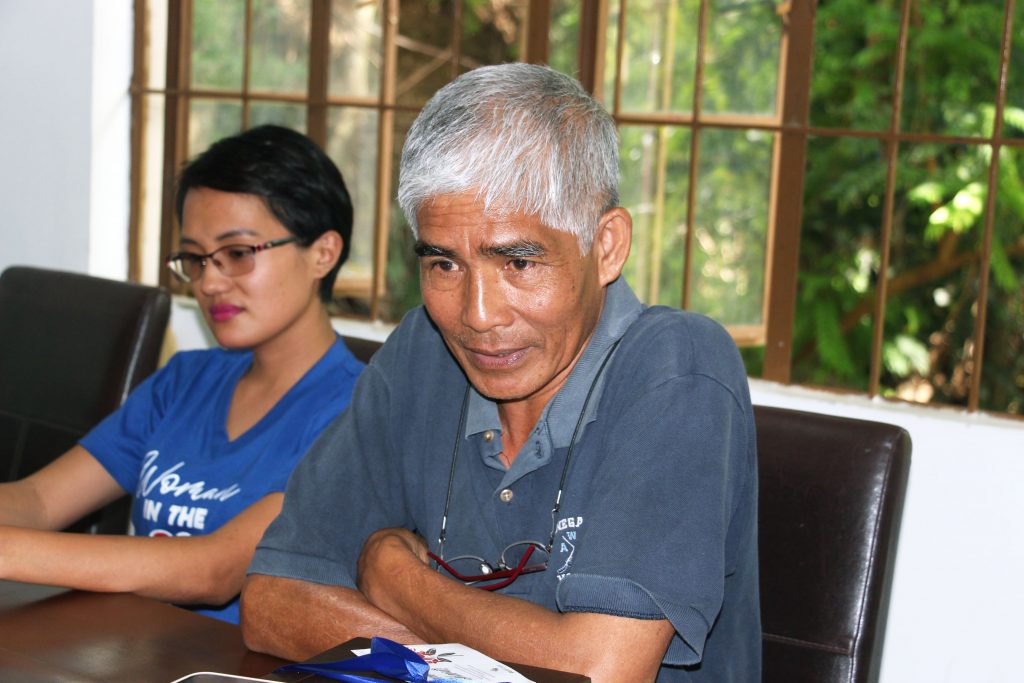
In one of the conversations in Itogon, MAFC Chairperson Romeo Casilla shared that this type of Bayanihan is also being practiced in their municipality and is called aluyan.
Some AFC members also buy the lettuce of other farmers that are not up to market standard to help them stay in business.
“May lettuce kasi na maliit, di yun pasado sa market. Binibili namin tapos pinapamigay sa iba para hindi masayang,” Casilla added.
Aside from this, Itogon MAFC members, who are involved in apiculture, offer beekeeping training to those interested for additional source of income.
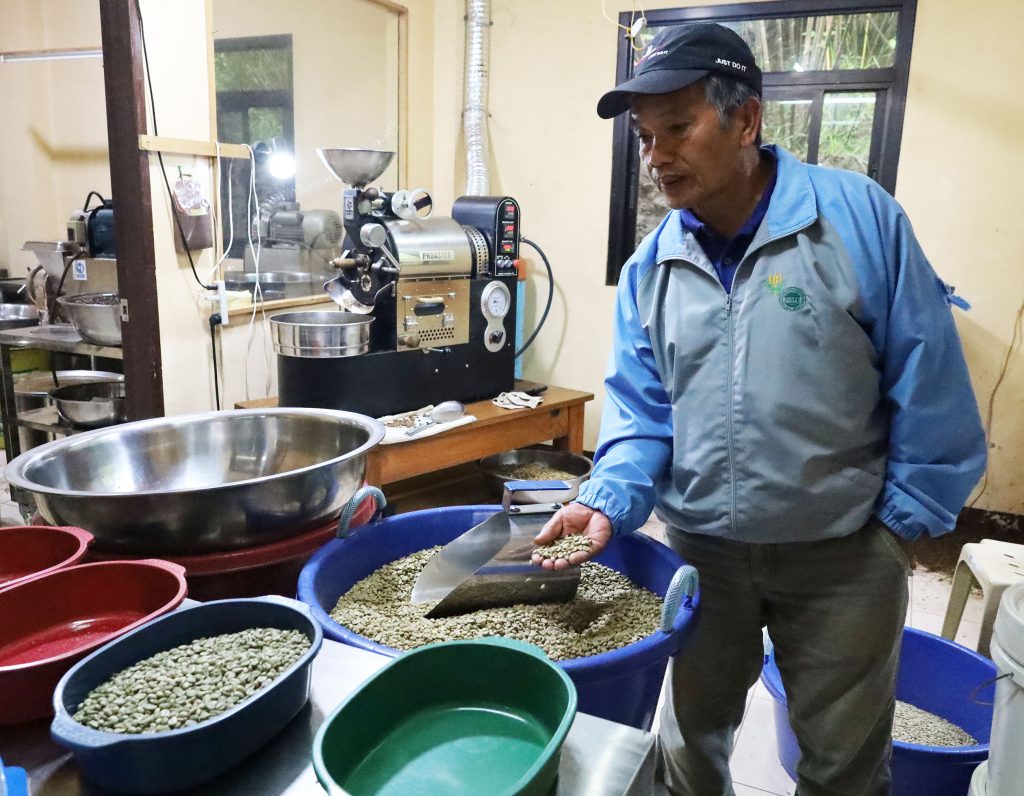
Meanwhile, Sagada MAFC Chairperson Osenio Lay-os conveyed another type of Bayanihan among AFCs in their municipality.
Before the pandemic happened, he recounted how farmers organize themselves every Saturday for the “Garden Day.’. In this activity, they would install a stand near the municipal hall to help each other sell their produce.
Now, some members co-operate a stall in the public market for the same purpose.
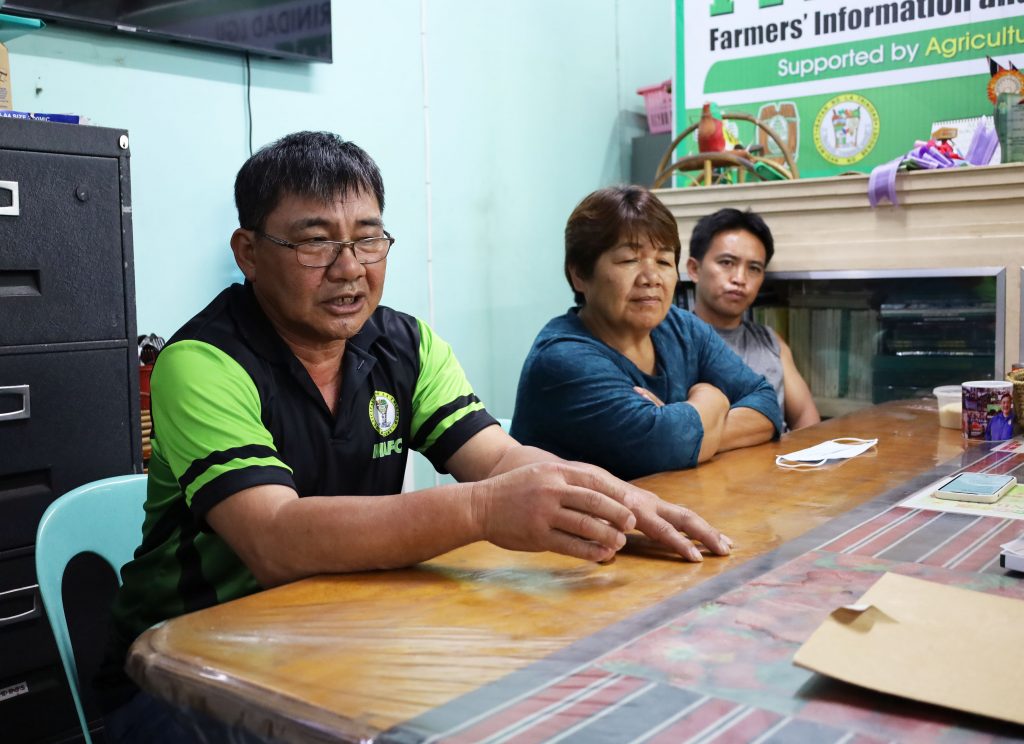
On the other hand, La Trinidad MAFC Chairperson Andy Colte, Sr. shared how farmers also come together during festivals to promote their bountiful agriculture and rich heritage.
“Lahat talaga nagpaparticipate sa mga festivals like the Strawberry Festival and the Adivay Festival to promote their agricultural products pati yung history nila,” Colte said.
Colte also shared that they closely coordinate with the local government unit (LGU) and actively participate in the programs of the Department of Agriculture to efficiently address issues related to agriculture.
In a way, this collaboration between the AFCs and the government showcases a type of Bayanihan that is directed towards improving Philippine agriculture and enhancing the livelihood of Filipino farmers and fisherfolk.
The stories of the AFCs in Cordillera, on how they value tradition and weave it to every thread of innovation, give a glimpse on how people take care of their culture and agriculture.
This proves that there is more to discover and learn about this region, from its vast mountains down to its colorful traditions. | JCL





